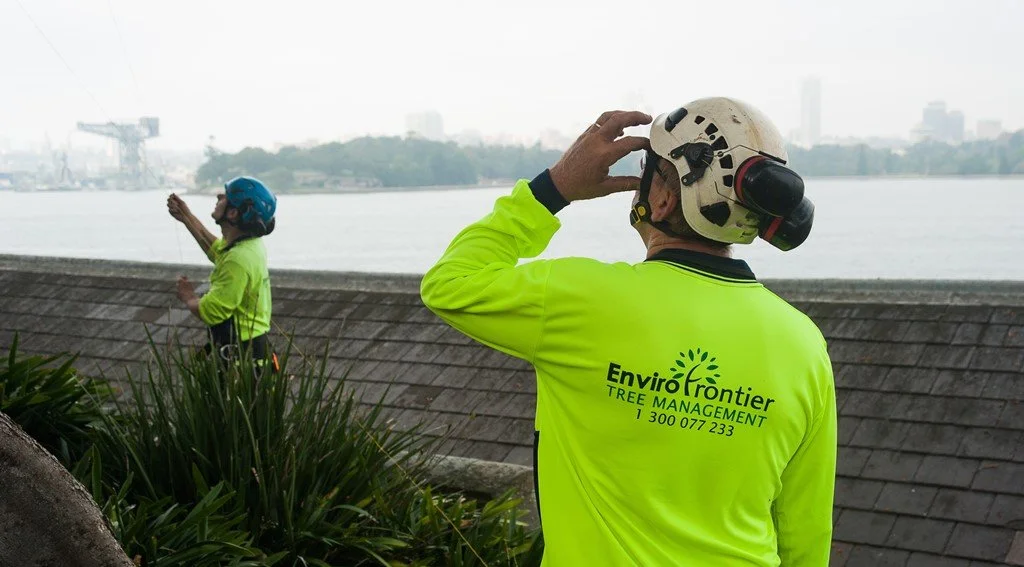THE COMPLEXITY OF THE TREE WORKS PERMIT APPROVAL PROCESS
31/07/2023
Trees throughout Australia often require a permit from the local authority (council) to remove or prune. Below is a broad overview of the permit process.
Applying for tree pruning/removal permits can be time consuming, confusing and frustrating. Each council has different policies, and this is before you consider things like state/commonwealth laws and regulations, heritage status and if the bushfire laws (10/50 rule) apply.
What trees require a permit for removal?
A tree that triggers protection parameters is called a ‘protected tree’. There is no one size fits all that constitutes a protected tree. It varies from council to council and sometimes even from specific property to property within a council. There are some exemptions that are reasonably common across councils (within three metres of the main dwelling, 10/50 rule) however, there is no such thing as a blanket exemption that covers the whole of a state/territory or country.
Councils often have listed weed species that in most cases don’t require permission for tree works. These lists also change from council to council. Most councils allow up to 10% of live branches and any dead branches/trees to be removed without a permit provided this is done to the Australian Standard AS4373-2007 `Pruning of amenity trees’ and no native fauna’s habitat is affected.
How can I determine if a tree is protected?
Council websites often have information regarding size triggers and exemptions. The information given is normally quite basic and doesn’t consider every situation. To find the full rundown of exemptions you would need to look at the council’s planning policy, often called the Development Control/Contributions Plan.
You also need to consider state/territory and commonwealth legislation. These include things like heritage/cultural overlays, bushfire laws and carve outs for organisations like schools. In most circumstances state and commonwealth legislation supersede any local government authority. Not all properties have state/territory legislation that apply to them. You can search specific properties via online planning portals that are open to the public and free to use.
What happens if I remove a protected tree without permission?
Most councils take the protection of trees (even on private land) very seriously. It is not uncommon for council representatives to come on site during tree removals to inspect everything is in order. After all there is no better way to draw attention to your property than to go up a tree and start a chainsaw!
Illegal tree removal can result in hefty fines and stringent rectification actions issued by the council. In extreme cases the council can choose to take the offender(s) to court to extract further fines and actions.
What if this is too difficult and time consuming?
Enviro Trees has an experienced team that can navigate this process on your behalf. We often offer this service for free (with the client only paying the cost of the application) as part of the process of providing quotes for your consideration. Our dedicated customer care team and experienced Level 8 consulting arborist ensure the correct process is followed and no laws are broken.
Contact Enviro Trees to see how we can help. By engaging us you will save time and money while safeguarding yourself that all the correct laws, regulations and policies are being adhered to.

